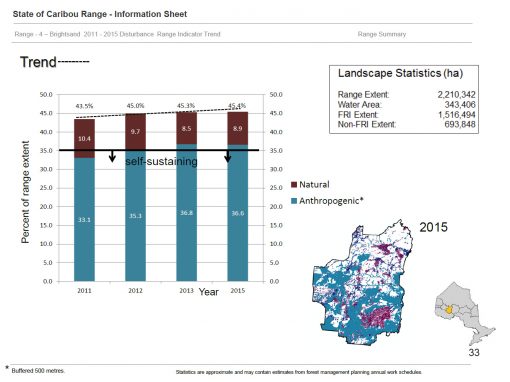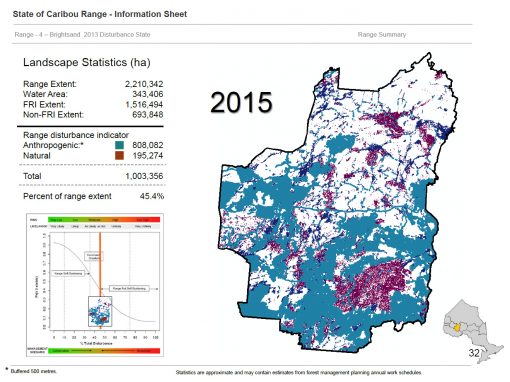New Maps Highlight Ongoing Habitat Destruction in Threatened Caribou Ranges: Backgrounder



New Maps Highlight Ongoing Habitat Destruction in Threatened Caribou Ranges: Backgrounder
October 31, 2017
Under the federal Species At Risk Act (SARA), the federal government is mandated to identify caribou critical habitat – the habitat that caribou need to survive and recover – in a Recovery Strategy. It did so in 2012. A team of North America’s leading caribou experts established a strong relationship between the extent of habitat disturbance and whether a local population increases, declines or remains stable. From this, the federal government assessed how levels of habitat disturbance affect risk to caribou populations. It directed provinces to manage forests such that there is at least 65% undisturbed habitat in each caribou range, to give caribou at least a 60% chance to be self-sustaining.
Across Canada, provinces have failed to apply this science in effective caribou management strategies. As a result, disturbance levels continue to increase, and caribou in many ranges continue to decline. Below are three examples of ranges where increasing industrial activity since the Recovery Strategy’s release continues to undermine caribou survival and recovery.
Habitat disturbance in Chinchaga Caribou Range 2012–2016 (Hotspot 1)
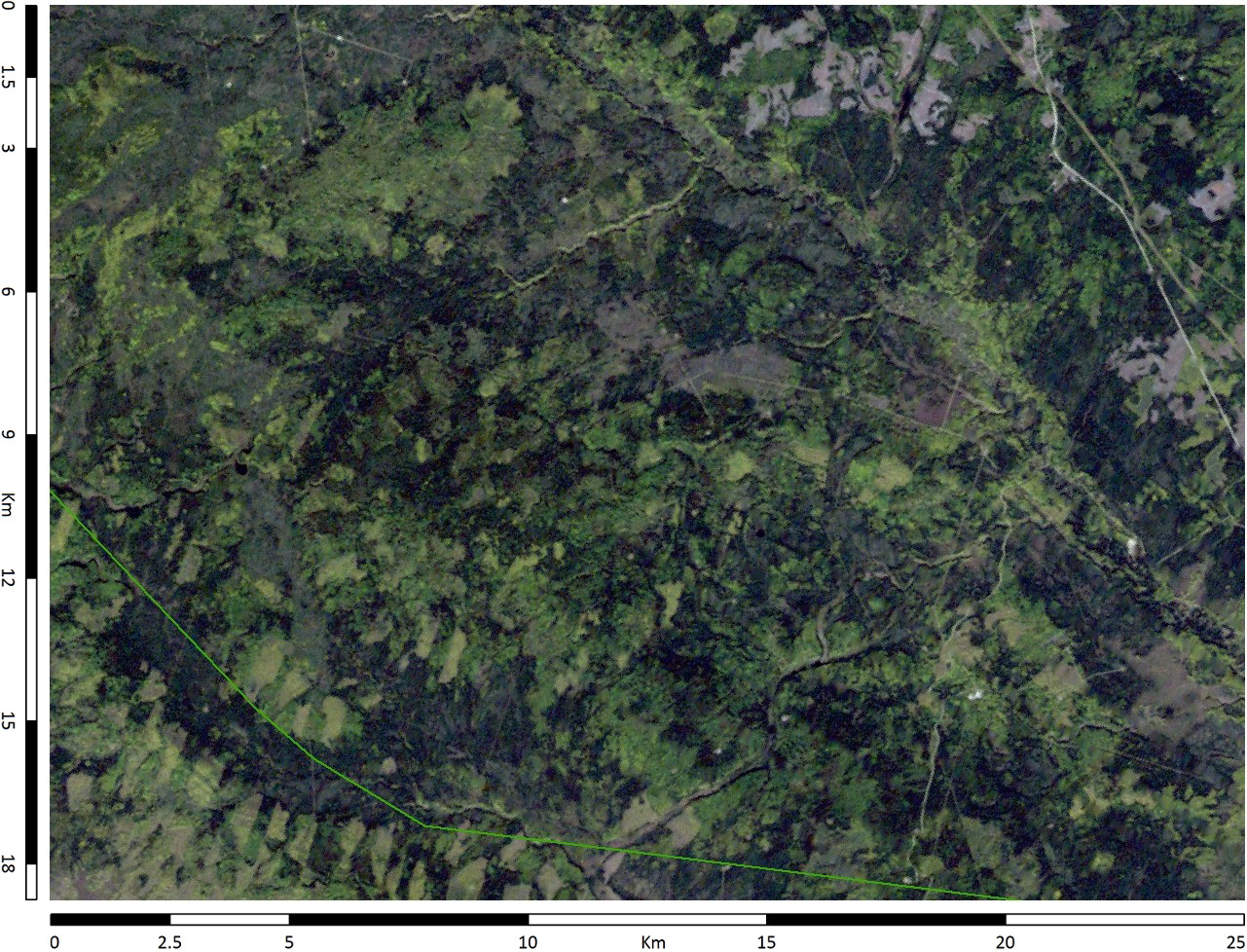
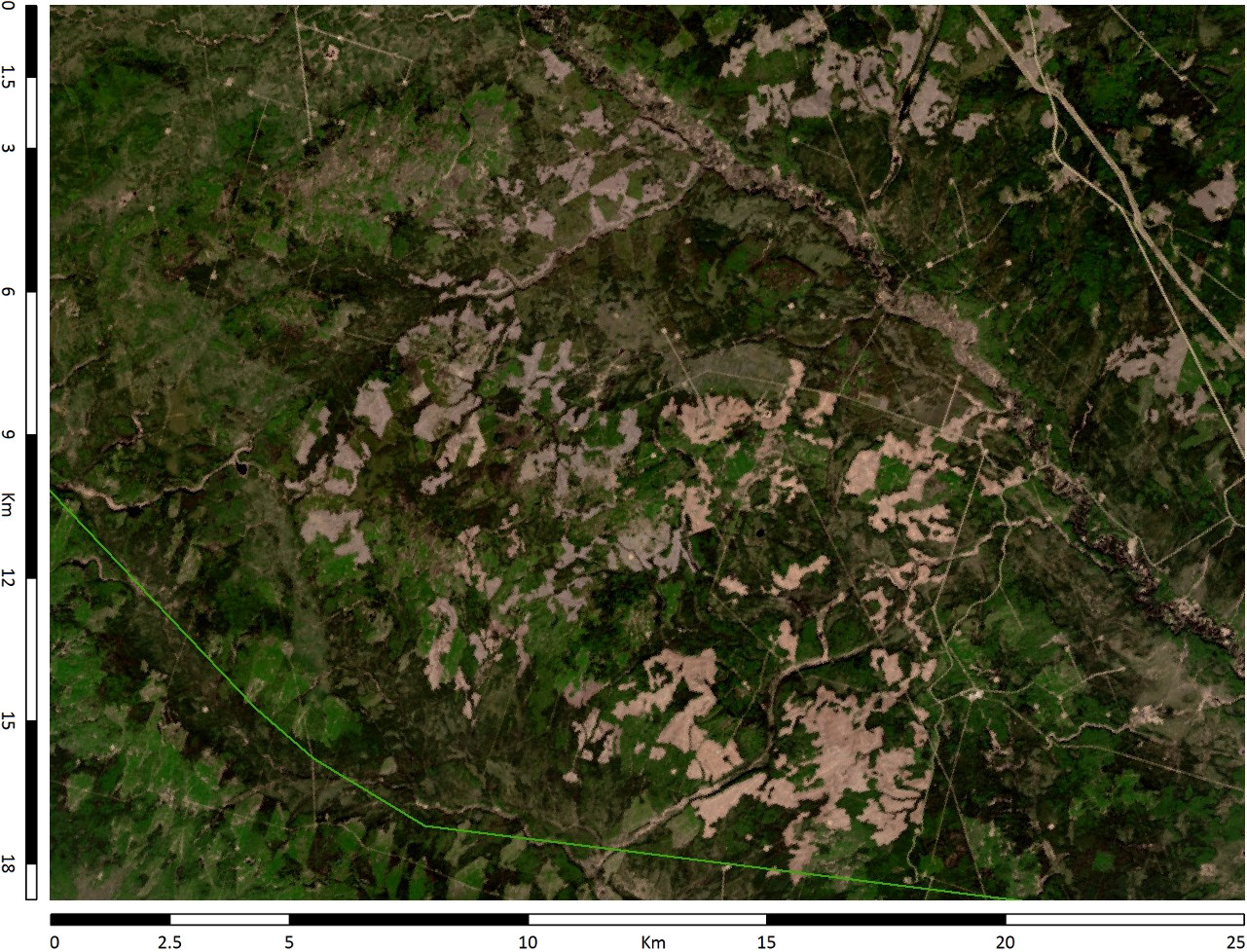
Highlight Types of New Disturbance:
Projection: Canada Albers Equal Area Conic. Mapping prepared 2017-10-27, cartographer: S. Nichols. For technical details and information on the methodology used to produce these maps, please contact Carolyn Campbell at ccampbell@abwild.ca.
Alberta has monitored female mortality and calf survival in all its caribou populations. In 2013, the peer-reviewed scientific conclusions from this population research showed caribou were declining rapidly across Alberta, with a decline of approximately 50% every 8 years.
On the positive side, Alberta has paused new energy lease auctions within caribou ranges since summer 2015. It has also allowed existing lease holders to voluntarily delay drilling in ranges until early 2019. A government-appointed mediator conducted inclusive consultations on west central ranges in early 2016. In June 2016, Alberta made a high profile commitment to establish significant new protected areas in three northwest caribou ranges; these would be in portions of the range that have no existing industrial forestry tenure.
However, there are no timelines to stop new disturbance or achieve the minimum intact habitat levels to recover caribou. Alberta’s only draft caribou range plan is for the Little Smoky and A La Peche ranges in west central Alberta: it proposes more short-term logging (albeit less than ‘business as usual’), unspecified new oil and gas-related surface disturbance, and is silent on long-term logging. This ongoing habitat loss will lengthen reliance on the regrettable 10 year old massive wolf kill in that region. The draft plan also proposes to confine wild caribou females within a large fenced compound, and then release their yearlings into worsening habitat. A positive element of the draft range plan is an extensive seismic line restoration program, funded largely by the energy industry.
- Significant energy extraction from greatly reduced surface footprint, with longer distance directional drilling, pooled leases and shared infrastructure.
- Substantial jobs from extensive forest habitat restoration programs across and adjacent to ranges.
- Reformed regional timber supply allocation and management, to support sustainable forestry that is compatible with recovery of caribou and other sentinel wildlife species.
Quebec has come under fire in recent months due to a highly controversial announcement that the isolated Val d’Or population (~18 individuals) would be translocated to a zoo in St-Félicien. Furthermore, it was revealed that construction of a new road had been approved through one of the population’s last refuge areas against the recommendation of government scientists. Opposition to the government’s announcement was so fervent that the St-Félicien zoo finally retracted. However, construction of the road in question is still underway. Overall, Quebec’s announcement sets a dangerous precedent suggesting it is an acceptable solution to relocate threatened caribou and thereby ignore the underlying sustainability issue.
Industrial forest management is the primary driver of caribou critical habitat deterioration in Quebec. Additional disturbances include mining, hydroelectric development and recreational tourism. The majority of Quebec’s commercial forest is excessively disturbed and considered unlikely to support self-sustaining caribou populations. Current modeling projections indicate that in many cases, sufficient habitat recovery is unlikely to occur over the next 100 years. The areas most likely to support self-sustaining caribou populations at present include the Broadback river valley, the White Mountains, and the remote North and Lower North Shore regions.
Although cumulative disturbances continue to further erode caribou critical habitat in Quebec, certain places have benefited from interim protection. Negotiations continue towards designating at least one new protected area in the White Mountains. A relatively small portion of the Broadback river valley was granted permanent protection in 2015, although roughly half of it is situated outside the commercial forest. The Quebec government is currently designing a network of ‘suitable vast areas’ for caribou, within which mitigation measures yet to be disclosed will be implemented. These are likely to involve special management of intact residual forests presently slated for future logging.
In terms of other concrete measures, Quebec is investing $7 million over the next 3 years toward population delineation and monitoring, although this also includes migratory and mountain caribou of Quebec. Work has also begun on a pilot study area in the North Shore region where road restoration practices will be tested. Lastly, four technical committees have been formed to develop the governmental action plan as it pertains to habitat management, socioeconomic impacts, population monitoring and population protection. Quebec’s action plan for woodland caribou is eagerly awaited, and a significant step forward is needed if it is to meet the requirements of the federal recovery strategy.
Landscape mapping combined with aerial surveys conducted by government biologists in 2007 and then in 2012 suggest that caribou may have gradually concentrated near the Pipmuacan reservoir as a result of extensive logging in the surrounding areas. Recent data indicates that calf recruitment is insufficient to compensate for adult mortality, and supports the conclusion that caribou of the Pipmuacan range are declining.7 What is more, this decline is expected to continue well into the future without a substantial commitment by government to increase habitat protection.
Fact: Scientific research has yielded clear and consistent results across the country. The continuum of risk established by Environment Canada in 2008 has been refined by recent science, but no new science has served to refute it.
Fact: The Recovery Strategy allows for regional variation in managing habitat, as long as it is supported by
science.17
Fact: Indigenous communities, other local communities and all citizens deserve meaningful consultation and information about managing the important lands that support caribou. Indigenous and local communities should participate in choosing the best socio-economic actions that guarantee caribou range requirements to protect caribou critical habitat. Planning range access with indigenous communities, industry, hunters and trappers that is compatible with caribou recovery is urgently needed. Recent studies have shown that the primary driver of job losses in Canada’s forestry sector is mechanization and the downturn in newsprint, not habitat conservation.
Fact: Caribou habitat loss driven by excessive clearcut logging and energy surface disturbance has been documented for decades. Climate change adds to pressures on northern forest ecosystems, and only increases the reasons why we need better management. Caribou habitat recovery can help forests be more resilient to climate change, by reducing fragmentation and slowing down loss of older forests and wetlands.
Fact: The root cause of increased caribou predation by wolves and other predators is fragmented and degraded habitat in caribou ranges. Cutblocks, roads, and poorly reclaimed seismic lines and well pads support increases in deer, moose and wolf populations, create more predator access to caribou and diminish caribou’s ability to avoid overlap with predators they’ve co-existed with for thousands of years.
Fact: Caribou populations are declining almost everywhere that project-level operating guidelines are the main habitat management tool.
Who is working to save caribou?
Caribou across Canada are in crisis, with many herds facing extinction due to decades of neglect. The governments and resource companies responsible for their protection are not getting the job done, failing to set aside the habitat crucial to their survival and recovery. The organizations listed here are among the leaders campaigning to save caribou along with many First Nations. Visit their websites, inform yourself and please get involved. Thank you.
